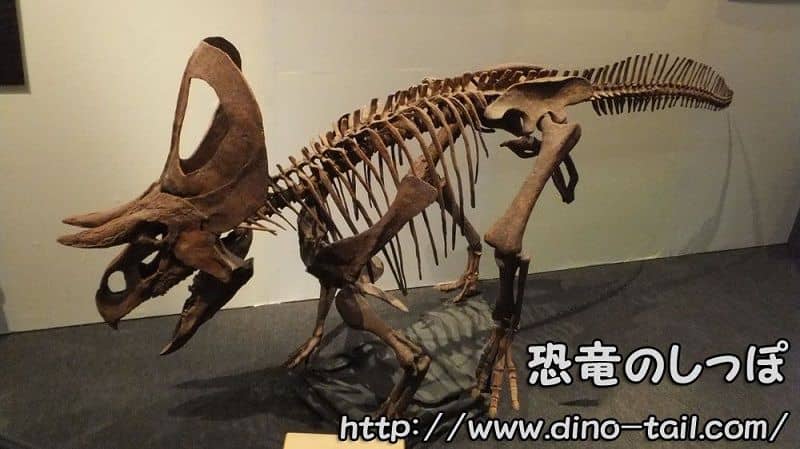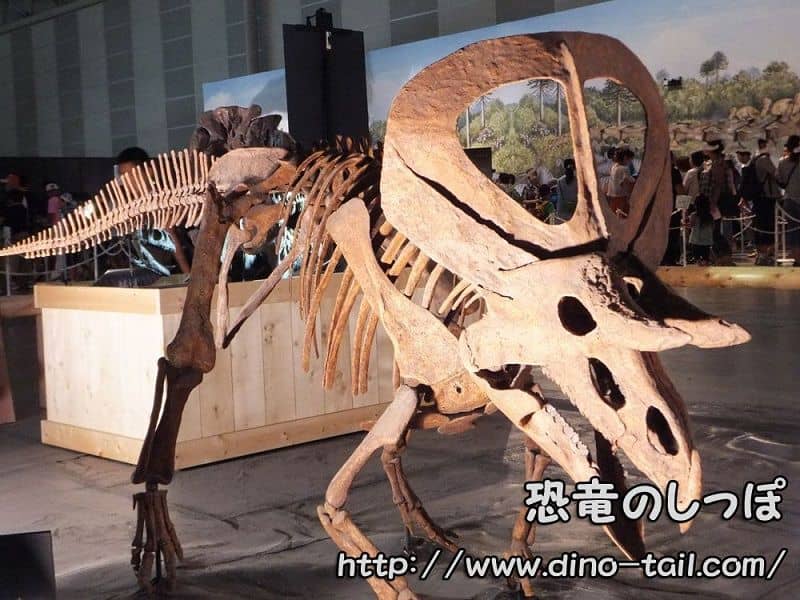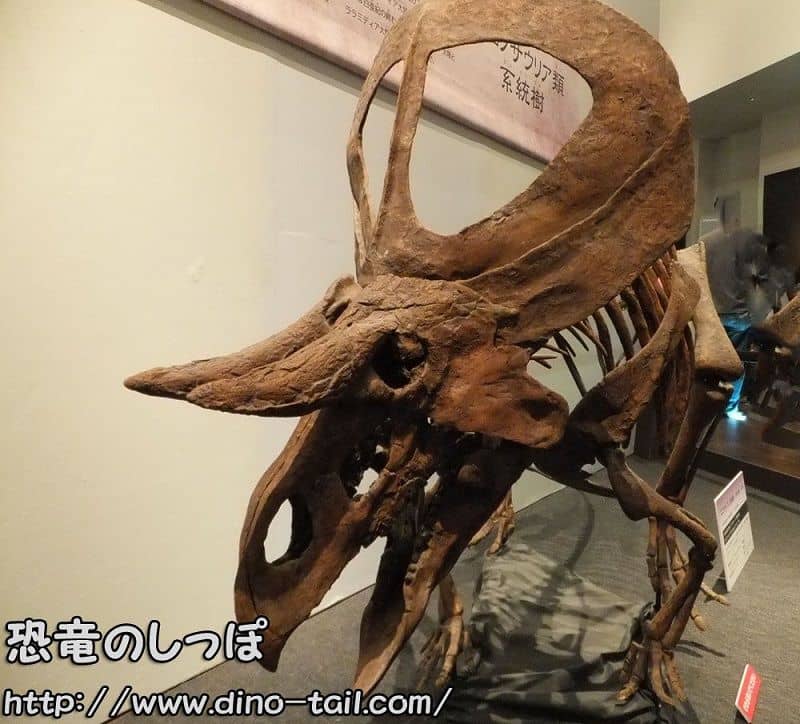About Zuniceratops
| Scientific Name (Genus) | Zuniceratops |
| Meaning of Name |
Zuni horned face
Zuni (tribe) - keras (horn) [Greek] - ops (face) [Greek] |
| Classification | Ornithischia, Marginocephalia (Ceratopsia, Ceratopsoidea) |
| Total Length | Approx. 3m |
| Diet | Herbivorous |
| Period | Late Cretaceous (approx. 91 million years ago) |
| Species | Zuniceratops christopheri |
| Year of Paper Publication | 1998 |
| Genus Name Publication |
Zuniceratops christopheri n. gen. & n. sp., a ceratopsian dinosaur from the Moreno Hill Formation (Cretaceous, Turonian) of west-central New Mexico.
Lower and Middle Cretaceous Terrestrial Ecosystems, New Mexico Museum of Natural History and Science Bulletin. 24. by Wolfe, D.G. & Kirkland, J.I. 1998. |
Characteristics: A Transitional "Missing Link"
The discovery of Zuniceratops was truly the finding of a "missing link," filling a significant gap in the evolutionary history of ceratopsians. Its body exhibits a mix of features from both its primitive ancestors and its later, more evolved descendants.
The First-Ever "Brow Horns"

Zuniceratops is the oldest known ceratopsian to have a pair of horns above its eyes (supraorbital horns) . This feature marked the beginning of an iconic trait of the Ceratopsidae family, which would be passed down to later dinosaurs like Chasmosaurus and Triceratops.
However, Zuniceratops also retained many primitive features:
- No Nasal Horn: Unlike many later ceratopsids, it lacked a horn on its nose.
- Single-Rooted Teeth: Its teeth had only one root. Later ceratopsids would evolve "double-rooted teeth" with two roots, allowing them to grind plants more efficiently.
- Simple Frill: Its frill had large openings (fenestrae) but lacked the elaborate ornamentation of dinosaurs like Styracosaurus.
These characteristics indicate that Zuniceratops stood at a crucial evolutionary crossroads, connecting its ancestors from Asia with its descendants that would flourish in North America.
Featured in "When Dinosaurs Roamed America"

Zuniceratops was discovered in 1996 by Christopher Wolfe, who was only eight years old at the time (and the son of paleontologist Douglas G. Wolfe). A single bone he found led to the discovery of this important dinosaur, which significantly reshaped the history of ceratopsian evolution. The species name "christopheri" was given in his honor.
This dinosaur was also featured in the Discovery Channel documentary "When Dinosaurs Roamed America," which aired in 2004.
Zuniceratops Stamp & Fossil Gallery


